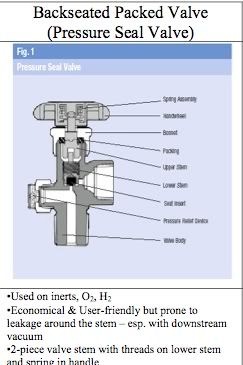I am doing my first 5 gallon soda-keg and I have a question:
My CO2 tank started at 725psi, and went to around 500psi overnight. Does this mean I have a leak in my tank that I have to fix? Do I need to install new O-rings, or does it really use this much CO2!?
The guy behind the counter at the shop I used said to put it in a refrigerator and pressurize it to ~30psi for 24-72 hours. After that, I should release pressure and serve at the appropriate psi found in the charts for the beer I've made. Is this right?
If not, what do I do?
My CO2 tank started at 725psi, and went to around 500psi overnight. Does this mean I have a leak in my tank that I have to fix? Do I need to install new O-rings, or does it really use this much CO2!?
The guy behind the counter at the shop I used said to put it in a refrigerator and pressurize it to ~30psi for 24-72 hours. After that, I should release pressure and serve at the appropriate psi found in the charts for the beer I've made. Is this right?
If not, what do I do?




